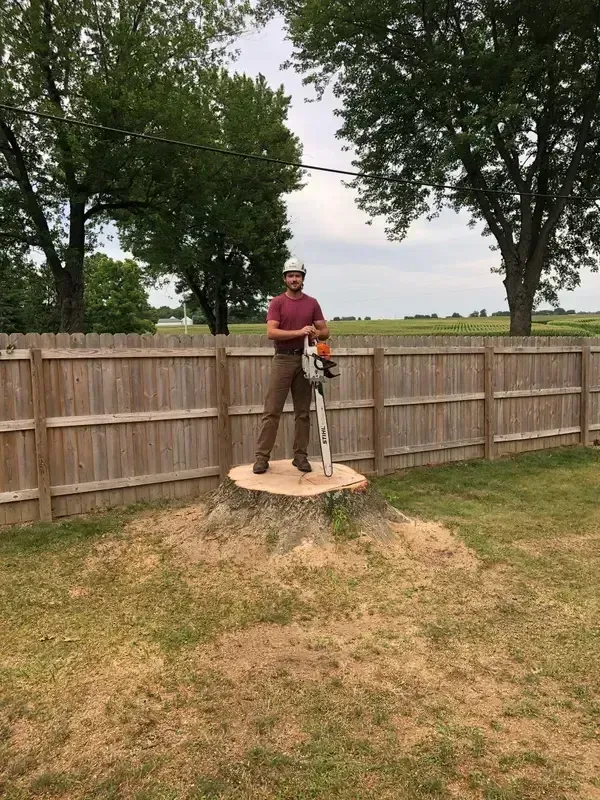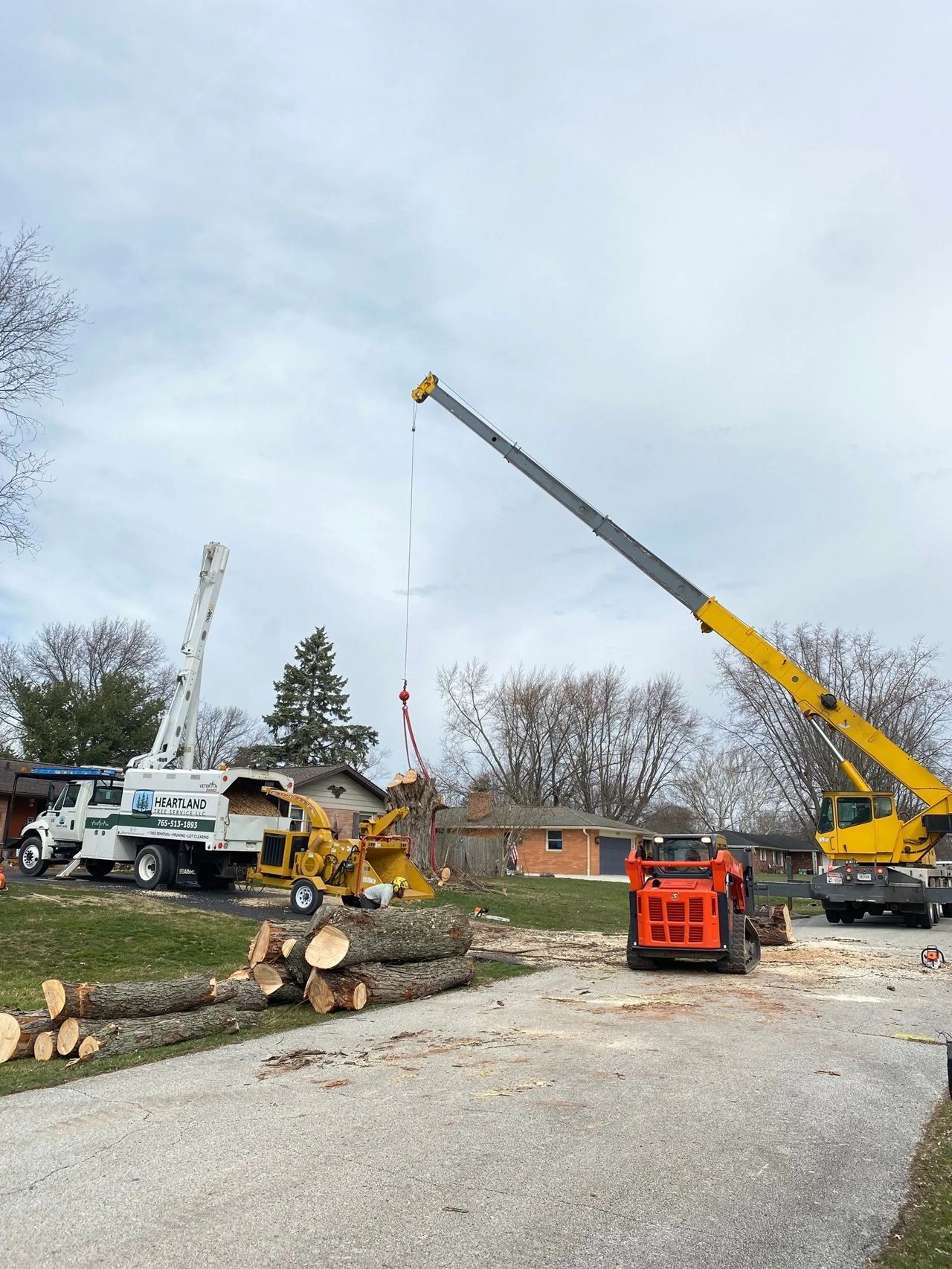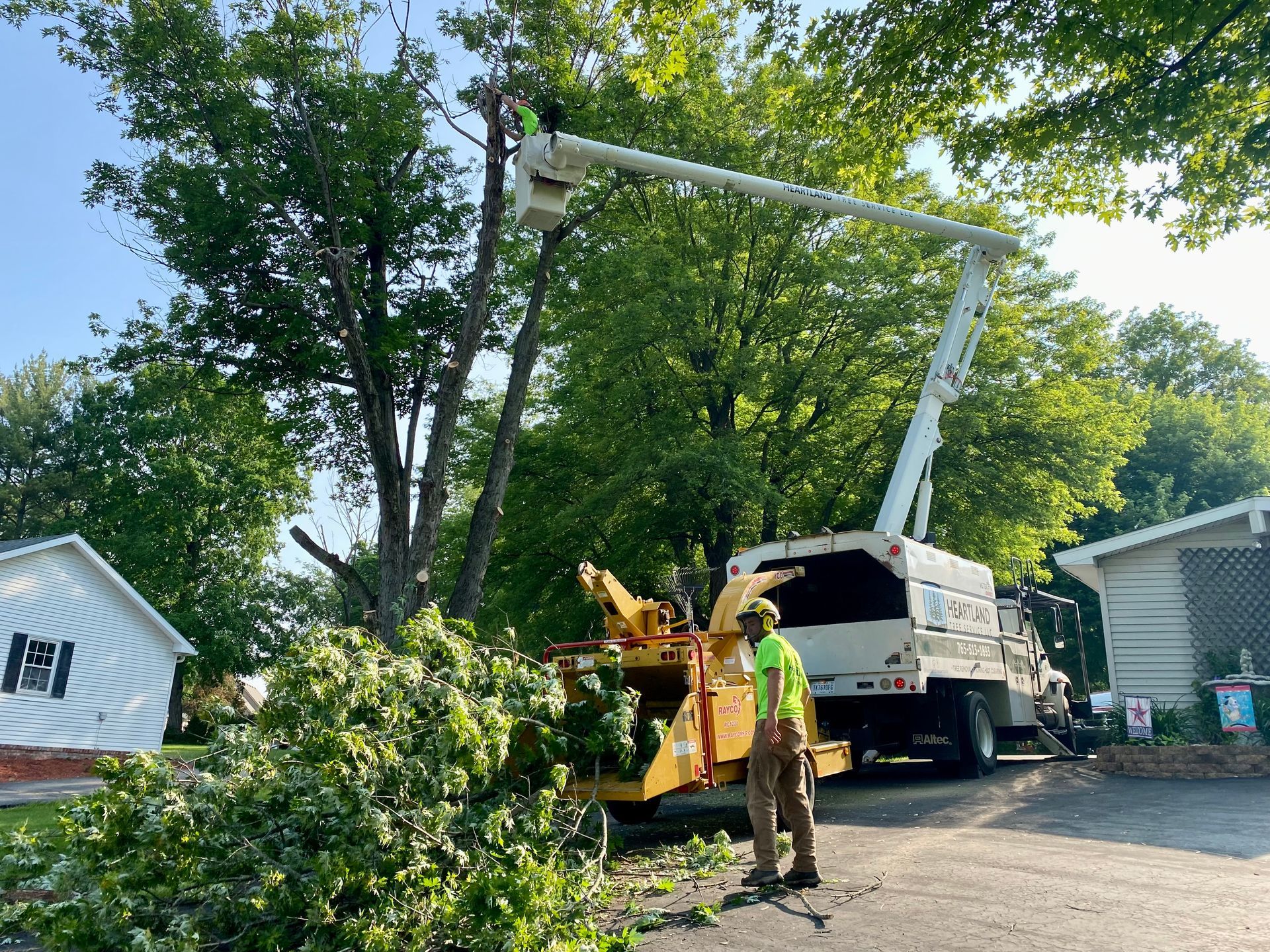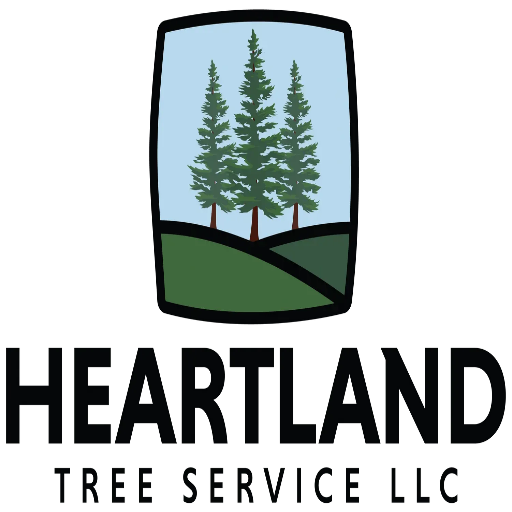The Best Way to Remove a Tree Stump:
Understanding the Challenge of Stump Removal
Tree stump removal can be a daunting task for many homeowners. After a tree is cut down, the remaining stump can be an eyesore, a tripping hazard, and even attract pests.While it might seem tempting to leave the stump in place, proper removal is often the best course of action for both aesthetic and practical reasons. Let's explore the most effective methods for removing tree stumps and why professional help might be your best bet.
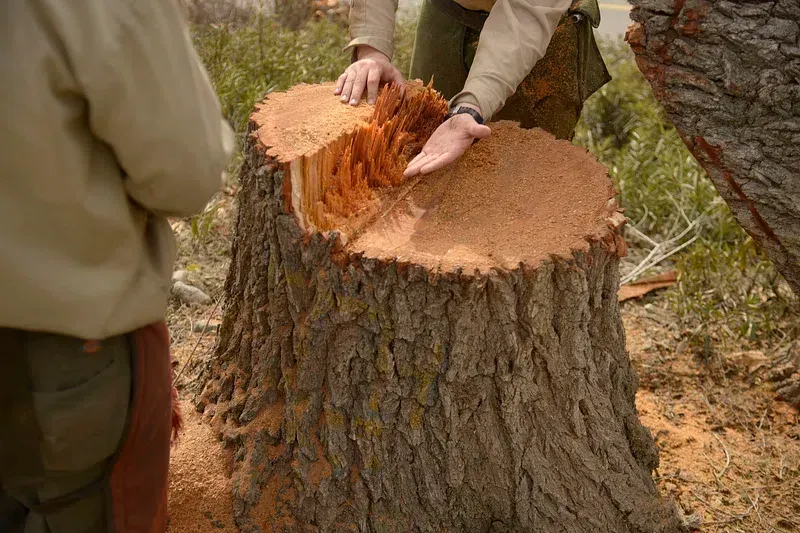
Chemical Stump Removal: A Gradual Approach
One popular method for stump removal is the use of chemicals.
This approach involves drilling holes into the stump and filling them with a potassium nitrate solution. Over time, this chemical accelerates the natural decay process, softening the wood and making it easier to remove. While this method is relatively inexpensive, it can take several weeks or even months to fully decompose the stump.
Learn more about our stump removal services
Grinding: The Efficient Solution
Stump grinding is often considered the most efficient method for removing tree stumps.
This process involves using a powerful machine to grind the stump down to below ground level. Stump grinders can quickly turn even large stumps into wood chips, which can then be used as mulch or removed from the site.
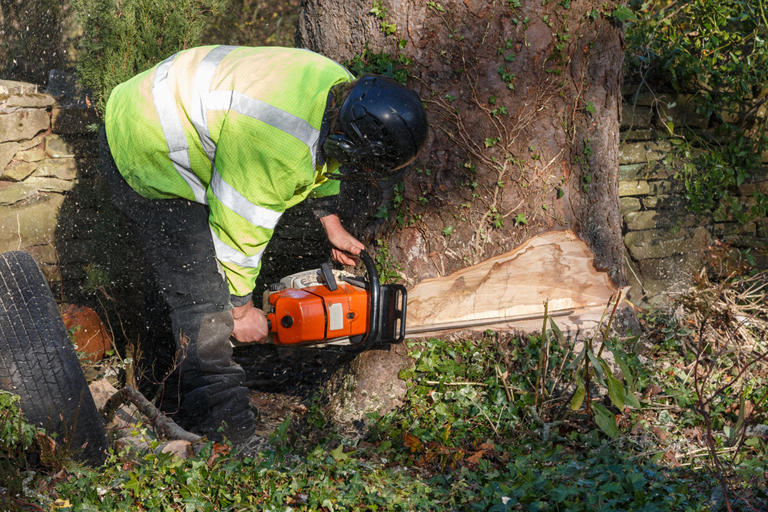
Manual Removal: The DIY Option
For those who prefer a hands-on approach, manual removal is an option, especially for smaller stumps. This method involves digging around the stump, exposing the major roots, and then using tools like an ax or chainsaw to cut through the roots. While this can be physically demanding and time-consuming, it's a cost-effective solution for those with the right tools and determination.
Explore our tree removal services
Burning: A Controlled Method
In some cases, burning can be an effective way to remove a tree stump.
This method involves drilling holes into the stump, filling them with kerosene or fuel oil, and then igniting it. The stump will smolder for several days, eventually turning into ash. However, this method requires careful monitoring and may not be legal in all areas due to fire safety concerns.
Excavation: For Complete Removal
For situations where complete removal is necessary, excavation might be the best option. This involves using heavy machinery to dig out the entire stump and root system. While this method ensures thorough removal, it can be expensive and may cause significant disturbance to the surrounding landscape.
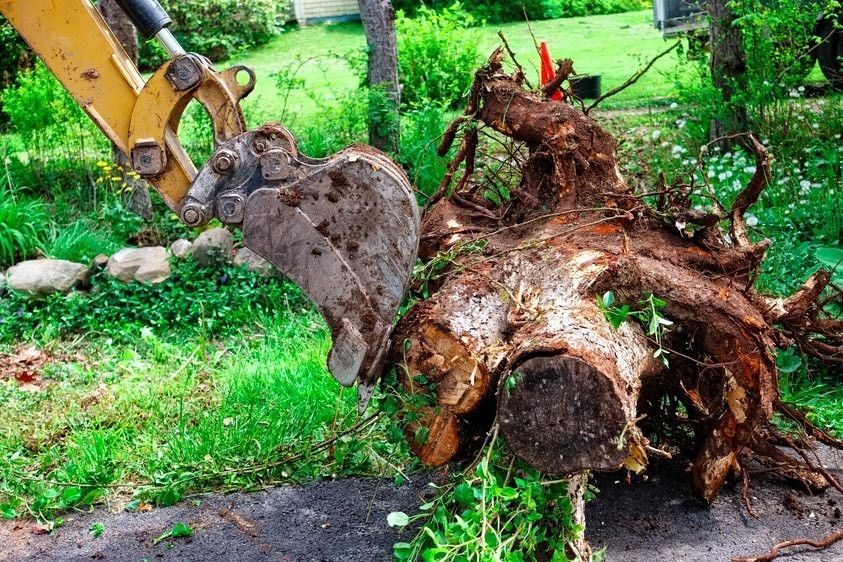
Natural Decay: The Patience Method
If time is not a concern, allowing the stump to decay naturally is an option. This process can be accelerated by keeping the stump moist and adding nitrogen-rich fertilizer. While this method requires minimal effort, it can take years for the stump to fully decompose.
Check out our land clearing services
Professional Services: The Hassle-Free Solution
While DIY methods can be effective, hiring professional tree services often provides the best results. Professionals have the experience, equipment, and knowledge to remove stumps quickly and safely. They can assess the specific situation and recommend the most appropriate removal method.

Comparison of Stump Removal Methods
| Method | Speed | Cost | Effort Required | Effectiveness |
|---|---|---|---|---|
| Chemical | Slow | Low | Low | Moderate |
| Grinding | Fast | Moderate | Low | High |
| Manual | Slow | Low | High | Moderate |
| Burning | Moderate | Low | Moderate | Mderate |
| Excavation | Fast | High | Low | Highg |
| Natural Decay | Very Slow | very Low | Low | Low |
| Professional | Fast | Moderate to High | Very Low | Very HIgh |
Factors to Consider When Choosing a Removal Method
When deciding on the best way to remove a tree stump, consider the following factors:
- Size of the stump
- Location in your yard
- Type of tree
- Time constraints
- Budget
- Local regulations
- Future plans for the area
Safety Considerations in Stump Removal
Regardless of the method chosen, safety should always be a top priority when removing tree stumps. Here are some important safety tips:
- Wear appropriate protective gear (gloves, safety glasses, sturdy boots)
- Clear the area of obstacles and bystanders
- Be cautious of underground utilities
- Follow manufacturer instructions for any equipment or chemicals used
- Have a first aid kit readily available
Learn about our emergency tree services
Environmental Impact of Stump Removal
When removing a tree stump, it's important to consider the environmental impact. Some methods, like chemical removal, can introduce harmful substances into the soil. Others, like grinding, produce wood chips that can be beneficial to the environment when used as mulch. Consider eco-friendly options and proper disposal methods for any debris.
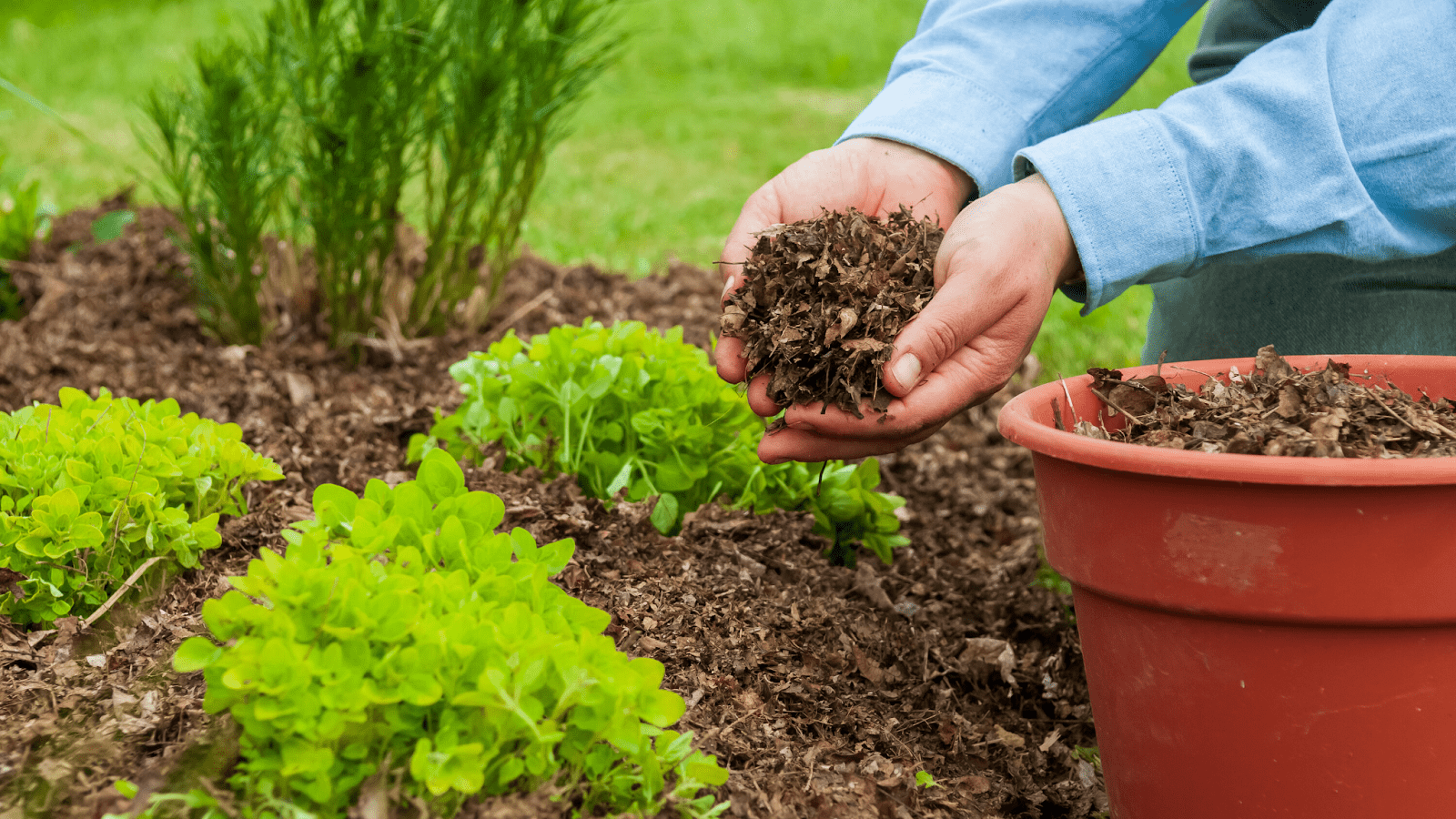
Post-Removal Landscaping
After the stump is removed, you'll need to consider how to fill the space. Options include:
- Planting grass seed or laying sod
- Creating a flower bed
- Installing hardscaping elements like pavers or rocks
- Planting a new tree (in a different location to avoid old roots)
Explore our tree trimming services for maintaining healthy trees
When to Call a Professional
While many stump removal methods can be DIY projects, there are situations where calling a professional is the best course of action:
- Large or old stumps with extensive root systems
- Stumps near structures, power lines, or underground utilities
- When you lack the necessary equipment or physical ability
- If you're unsure about local regulations or proper techniques
- When time is a factor and you need quick, efficient removal
Learn about our professional tree cabling services
In conclusion, removing a tree stump can be accomplished through various methods, each with its own advantages and considerations. By carefully evaluating your specific situation and needs, you can choose the best approach for your stump removal project. Whether you opt for a DIY method or professional services, proper removal of tree stumps will improve the safety and aesthetics of your property while opening up new possibilities for your landscape.
Discover how we can help with your insurance claims for tree-related damages

